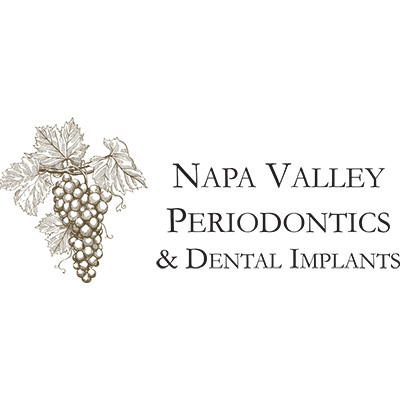The first stage of gum disease is gingivitis, which can typically be reversed with proper oral hygiene; however, if not addressed gingivitis can progress to periodontitis. The pathologic process of periodontitis attacks the supporting tissue and bone around the teeth forming “pockets.” If left untreated, this can result in tooth loss and consequently can affect the rest of the body. Once gum disease has reached periodontitis it is not curable, but with proper maintenance the process can typically be controlled.
Bacteria, toxins, and subsequent systemic inflammation from periodontitis can increase the chance of heart attack and stroke. Diabetics are more prone to periodontal breakdown, with periodontitis leading to difficulty controlling blood sugar levels as well as the increased possibility of heart attack and stroke. The presence of periodontitis has also been linked to a higher risk for premature birth and low-birth weight for those who are pregnant.
Periodontal disease usually does not cause pain and therefore is asymptomatic or “silent.” The most common early warning signs of gum disease include persistent red, bleeding, and swollen gums along with receding gums and chronic bad breath.
Due to the complexity of the supportive structures of teeth, a Periodontist is often recommended to restore diseased gums and periodontal tissues to health. In some cases, treatment goes beyond just addressing the infection and may include further repair of the periodontal tissues to save teeth and reestablish oral health. Depending on the progression of gum disease, periodontal treatment can include:
a) Scaling and Root Planing
Regular dental cleanings focus on cleaning the visible portions of teeth. Scaling and root planing involves the cleaning and smoothing of the tooth below the gums (root). Removing calcified plaque (calculus) and bacteria while smoothing the root’s surface reduces one’s risk of periodontal disease. This deeper cleaning often takes longer than a regular cleaning and may take more than one visit.
b) Osseous Surgery (Pocket Reduction Surgery)
As periodontal disease develops and progresses, the bacteria responsible for the tissue inflammation can also cause destruction of the bone around the roots of teeth. While scaling and root planing can remove the bacteria, in more severe cases of disease the significant changes in both bone and gum tissue will not resolve just with the removal of bacteria. With severe disease the bone has developed indentations and osseous surgery allows for the reshaping of bone to promote successful healing and tissue attachment.






